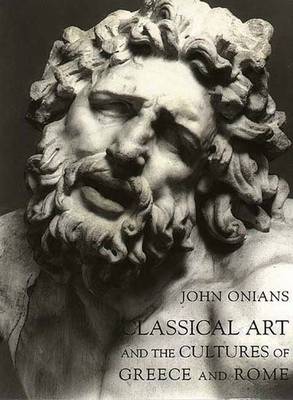In this highly original inquiry into the foundations of European culture, John Onians argues that the study of classical art provides a unique window into the minds of the Greeks and Romans for whom it was produced. Onians provides a sweeping account that ranges from the Greek Dark Ages to the Christianization of Rome and that reveals how the experience of a constantly changing physical environment influenced the inhabitants of ancient Greece and Rome.The book begins by explaining how the early Greeks -- exposed to a rocky landscape, dependent on craft activities, and involved in warfare -- saw themselves as made of stone and metal and represented themselves in statues of marble and bronze. Later, in the Hellenistic period, as the awareness of the individual's power increased, so did the sense of physical and emotional weakness, while, with the rise of Rome, art came to be seen less as representation and more as sign, to be experienced less as a lever on the feelings and more as an aid to memory. By the end of the Roman Empire, Onians contends, inhabitants acquired an unprecedented sense of unstable inner life that enabled them to represent themselves not as solid sculptures but as thin marble slabs, their surfaces animated by veins suggestive of hidden spiritual vitality.
- ISBN10 0300075332
- ISBN13 9780300075335
- Publish Date 25 August 1999
- Publish Status Out of Print
- Out of Print 21 October 2009
- Publish Country US
- Imprint Yale University Press
- Format Hardcover
- Pages 288
- Language English
